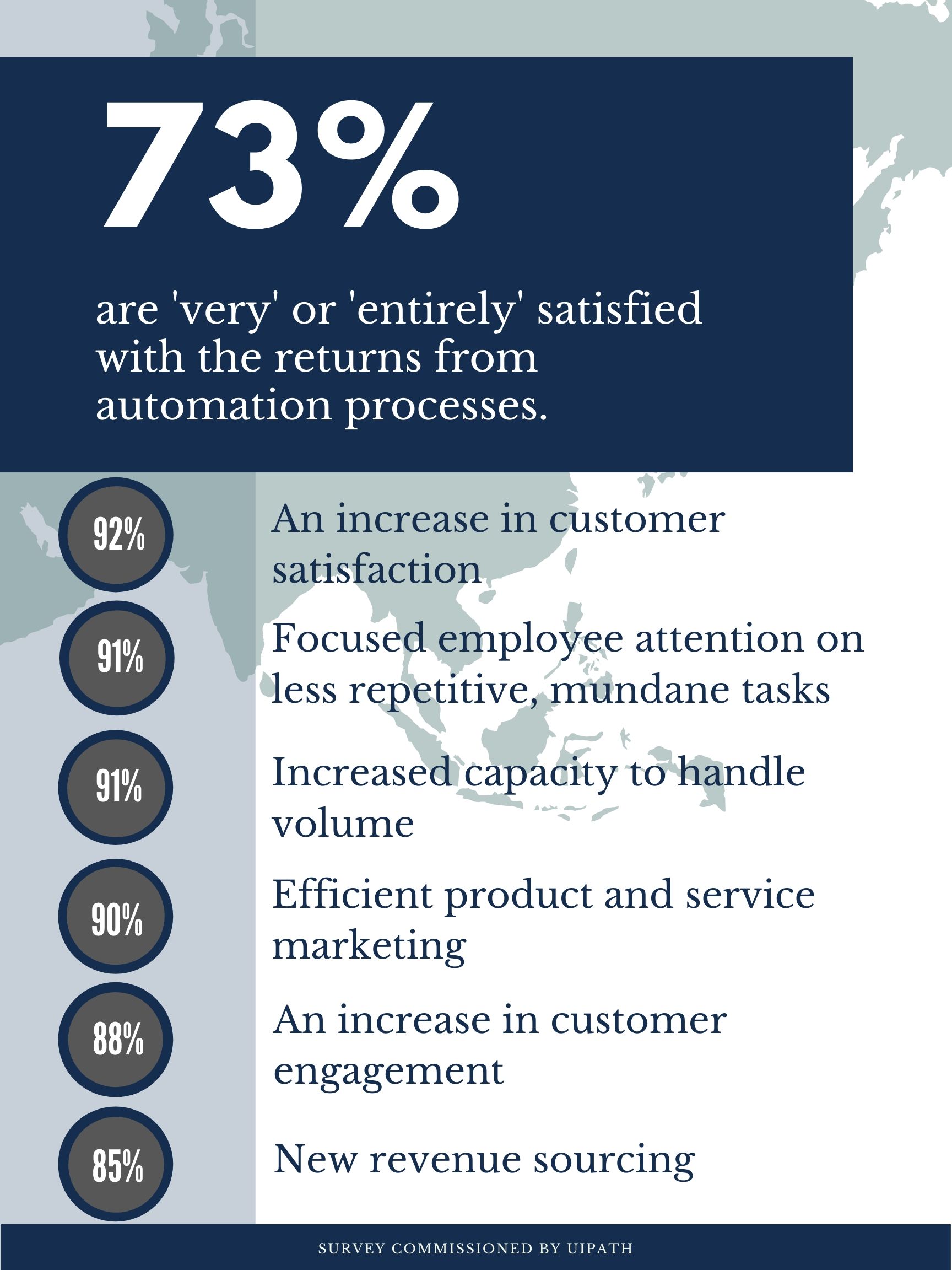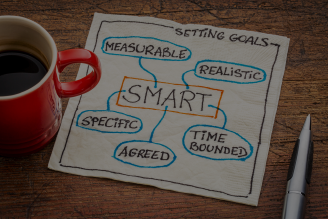BILLING & PAYMENTS | 5 MIN READ
Make a Proactive Billing Strategy Your 2020 Resolution


Small to medium-sized businesses typically run into this problem because they’re not billing or accounting specialists, or have one person handling tax returns, inventory, payroll, P&L, and operational expenses.
Either of the above scenarios create a reactive billing cycle where initial invoices or statements routinely go out late, or too close to the payment due date.
To avoid this, a business needs to identify the flaws in their billing process and begin taking steps to improve or eliminate them.
Automate The Billing Process & Define Your Billing Cycle
Since time is the greatest enemy of accounts receivable, billing should not only be automated, it should be triggered by the date a job is completed or a product is delivered. It’s your business and you should define the billing cycle—not your customers.
For example, the billing cycle for a net-30 customer should begin the same day the service or product is delivered. That means an invoice or statement should be generated and sent out (at least electronically) on that same date.
A friendly, automated payment reminder should be scheduled to arrive 2-4 business days prior to the due date. It’s better to apologize later for sending an invoice reminder to a customer who has already paid, then not sending one at all.
Setting up billing automation may take some time initially, but the impact on your cash flow will be immediate and lasting.
Set Billing Expectations Early & Capture a Payment Method When Possible

This is especially true for healthcare providers, who provide care and then must wait until the insurance claim process completes before billing the patient. With the majority of health plans now including higher deductibles and more of the costs shifted to patients, physicians and hospitals are facing major cash flow problems.
An obvious solution would be to capture and store a patient’s payment method during their medical visit. Since most patients pay their copay at the end of their visit, this is the perfect time to tokenize, or securely store, that payment method when the tap, swipe, or insert their card. You can read more about that here:
A Proactive Billing Strategy Should Include Electronic Communication and Self-Service Payment Options
In general, consumers prefer to pay their bills on their own schedule and through their preferred channel. For some, that might be writing and mailing a check. However, recent studies have shown that the most effective collection strategy includes all of the above. Which includes:
- Paying a live person over the phone
- Making a payment through an automated phone payment (Payment IVR)
- Online Payment (increasingly from a mobile device)
- Pay By Text
- Automated Payments
Could your business benefit from a proactive billing strategy?
Resources
More Articles Related to Patient Communication
Overcoming Call Blocking and Labeling Challenges in Debt Collection
Reaching right party contacts is hard enough. But when carriers block your calls from getting through to the consumer, or slap the dreaded “Spam Likely” onto your Caller ID, it makes a difficult job nearly impossible. But there’s a solution.
Building a Self-Service Portal that Consumers Want to Use
Creating specific, measurable, achievable, relevant, and time-bound goals are the best way to enhance agent performance, drive customer satisfaction, and ensure agent activities are aligned with your organization’s overall objectives.
What to Know If Your Call Center is Storing Unredacted Call Recordings
Creating specific, measurable, achievable, relevant, and time-bound goals are the best way to enhance agent performance, drive customer satisfaction, and ensure agent activities are aligned with your organization’s overall objectives.



